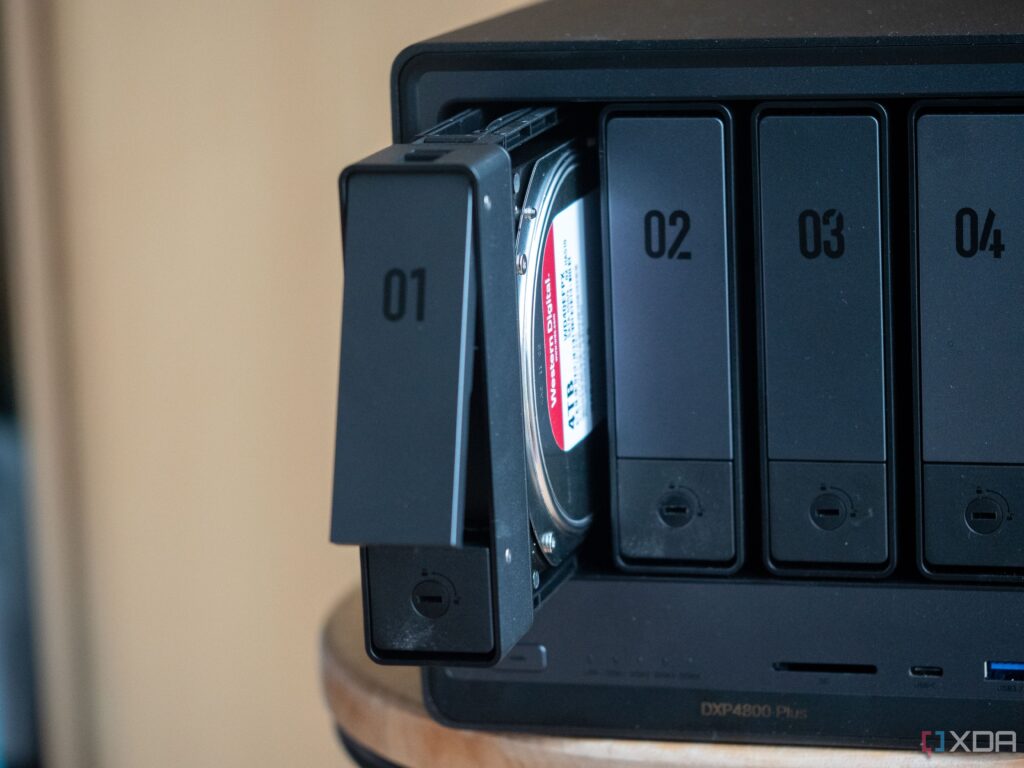
URGENT UPDATE: A transformative shift in home technology is underway as enthusiasts are optimizing their home labs for enhanced efficiency. One tech user recently reported a dramatic improvement after splitting their original NAS into three dedicated servers, leading to significant power savings and improved performance.
This innovative setup allows for targeted resource usage, cutting down on energy consumption while maintaining high performance for various self-hosted applications. The user transitioned from a single power-hungry TrueNAS machine, which consumed between 100W and 140W, to a streamlined network of devices that maximizes efficiency.
The initial configuration involved a TrueNAS built from an old gaming PC, featuring a Ryzen 7 3700X processor, 24 GB of DDR4 RAM, and a GTX 1070 Ti. However, as needs evolved, the user explored alternatives. They deployed Proxmox on a much more energy-efficient AMD Ryzen 5 5600U mini PC, which proved to be a game changer, running quietly and consuming significantly less power.
Transitioning to the Ugreen DXP4800 Plus, equipped with 12TB of shared storage, the user created a new central storage and networking hub. The realization came that a custom-built server could leverage existing components, including an AMD Radeon RX 7900 XTX and an Intel i7-14700K processor, to further enhance performance without escalating energy costs.
With this new server, even at peak performance, energy consumption dropped to less than that of the previous setup. The user activated Home Assistant to intelligently manage power usage, turning the main server on and off as needed. This approach saves over two kilowatt-hours per day, translating to significant savings at a rate of €0.52 per kWh.
The migration process for self-hosted services proved seamless, with the user backing up and transferring virtual machines without encountering issues. This success story highlights a growing trend among tech enthusiasts aiming to optimize their home labs for both performance and energy efficiency.
As more individuals look to self-host applications and reduce energy costs, this case serves as a blueprint for others considering similar upgrades. Whether driven by the need for efficiency or just a passion for technology, this approach to home lab development is resonating widely.
Stay tuned for further updates as the community shares their experiences and innovations in optimizing home server setups. This trend reflects a broader push towards sustainability in technology and could significantly impact how we think about personal computing resources in the future.
This development not only showcases the potential for energy savings but also emphasizes the importance of adapting technology to meet personal needs. As home lab setups become increasingly sophisticated, the benefits of such innovations will likely encourage more users to explore similar paths.





